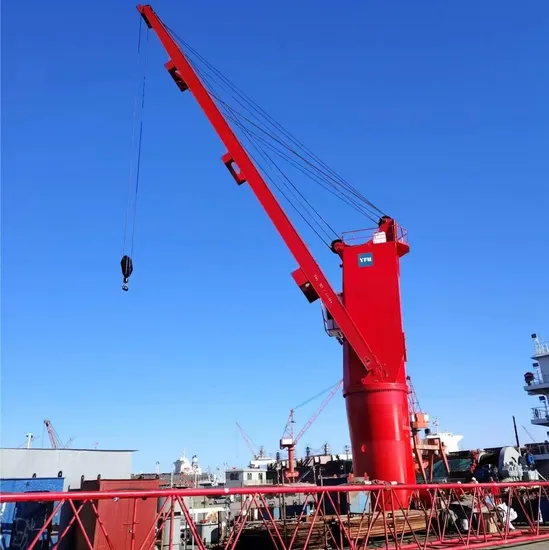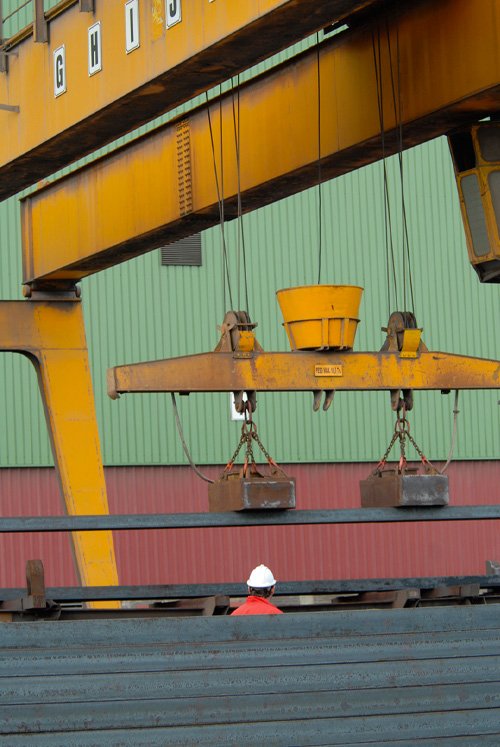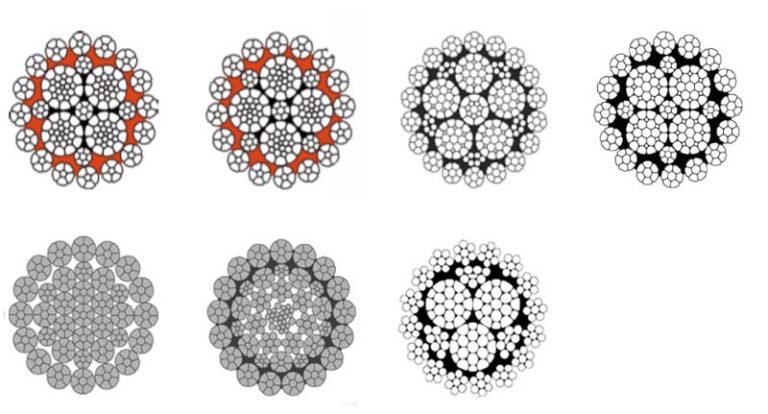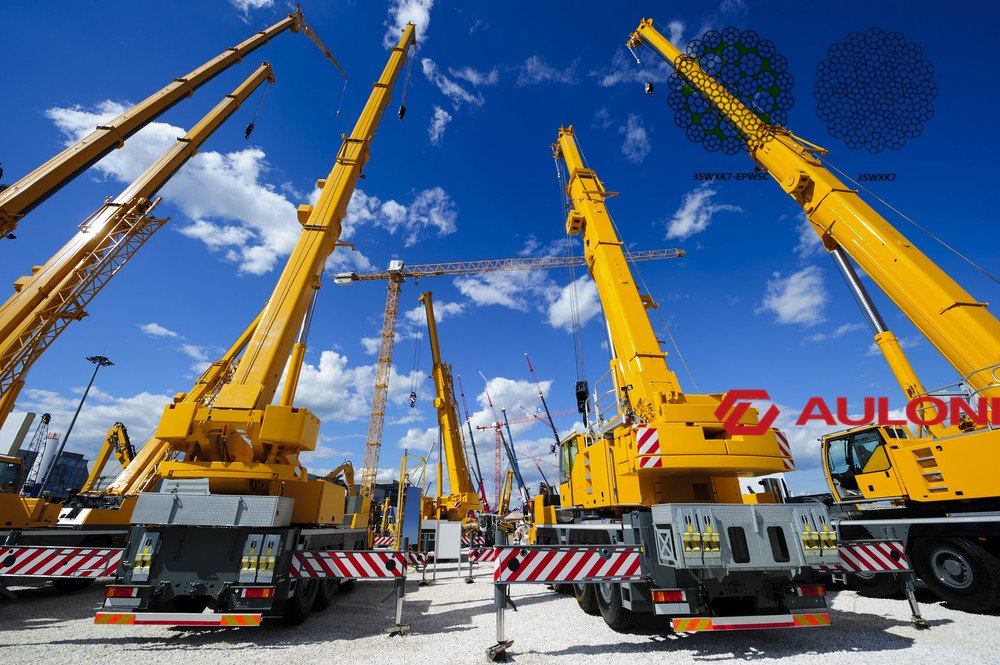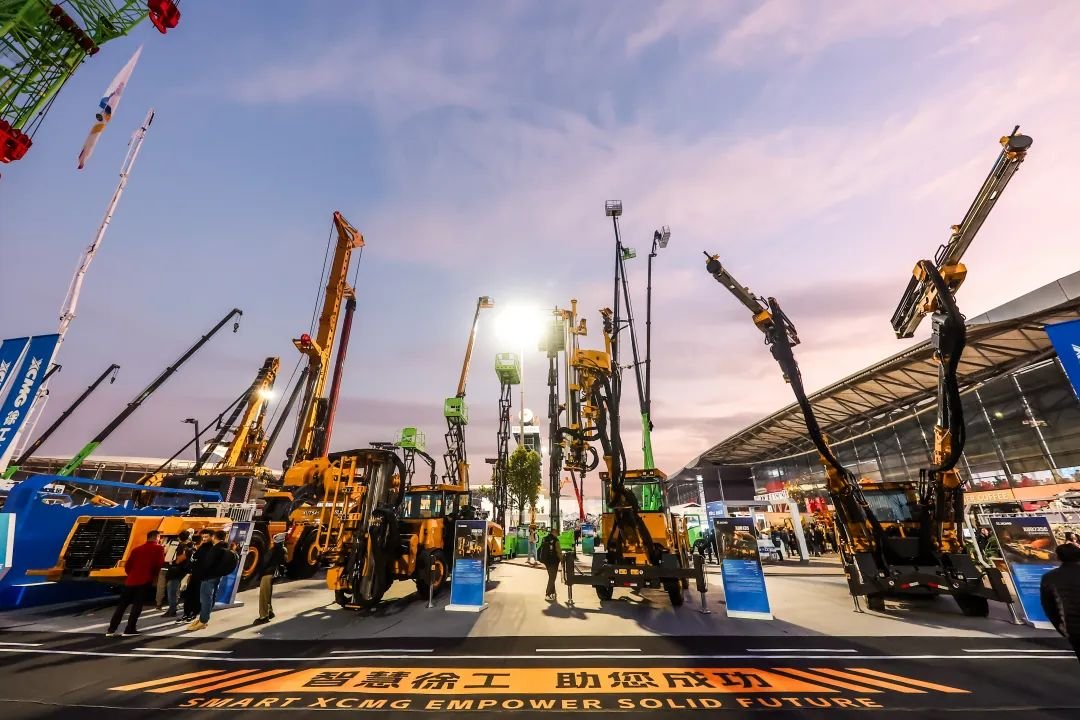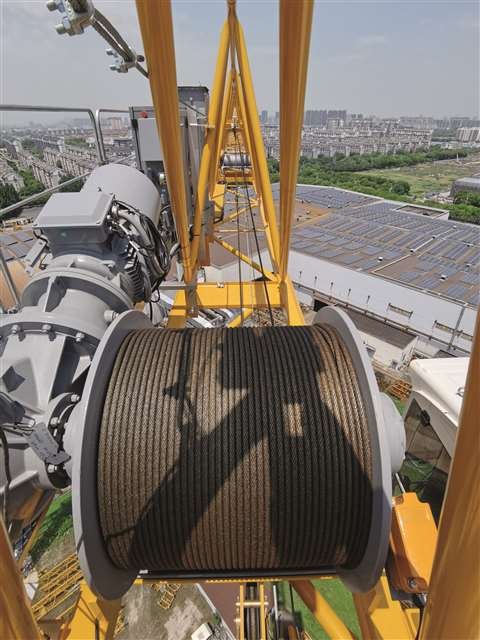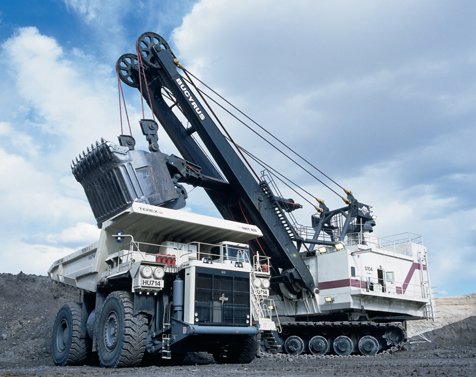
Do you know what keeps mining operations safe and efficient? It’s the unsung hero: the mining wire rope. Its strength is vital for heavy lifting and critical safety.
A mining wire rope is a specialized steel cable designed for extreme loads and harsh environments in mines. It is used for lifting, hoisting, and transporting materials safely.
I remember the first time I saw a mining operation. The sheer scale was astonishing. Wire ropes were everywhere, the backbone of all the heavy work. Let me tell you more about them.
What makes a wire rope suitable for mining?
Mining is tough work. It demands equipment that can handle immense pressure and harsh conditions. So, what features truly make a wire rope ideal for mining?
A wire rope is suitable for mining due to its high tensile strength, excellent breaking load, and resistance to wear and tear. It also meets strict safety standards.
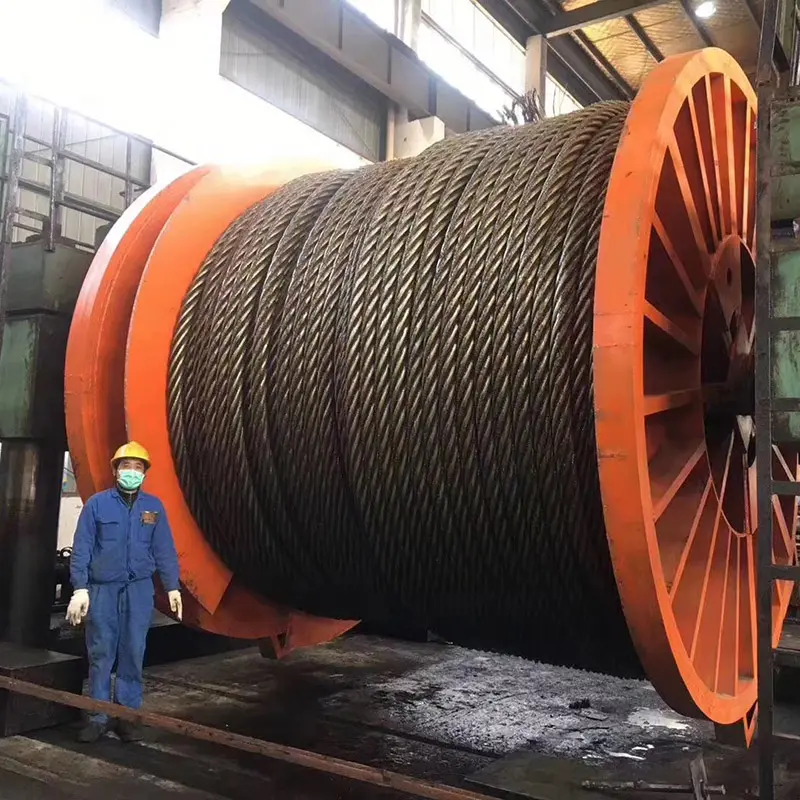
Dive Deeper: Key Features of Mining Wire Ropes
When we talk about deep mining applications, the wire rope is not just a rope. It is a precision-engineered tool. It must perform perfectly under extreme stress. We look at several critical features.
High Tensile Strength
Tensile strength is how much pulling force a rope can withstand before it breaks. In mining, this is crucial. Think about lifting tons of rock out of a deep shaft. The rope needs to hold that weight safely. Our ropes are built with high-grade steel. This ensures they can manage massive loads. This feature reduces the risk of failure during operations.
High Breaking Load
Breaking load is the maximum weight a rope can lift without breaking. It is directly related to safety. We always design our ropes with a high breaking load. This provides a significant safety margin. This means the rope can always handle more weight than its usual working load. This extra capacity is vital for preventing accidents in mines.
Compliance with EN12385-4
Safety standards are not just guidelines. They are laws. EN12385-4 is a key standard for wire ropes in Europe. It ensures ropes meet strict quality and safety criteria. Our ropes always meet this standard. This means they are reliable and safe for mining applications. We provide the needed certificates to prove this compliance.
Plastic Impregnated & Galvanized Options
Mines are often wet and corrosive. This can damage ropes over time. We offer solutions for this problem. Plastic impregnated ropes have a layer of plastic inside. This protects the core wires from moisture and abrasion. Galvanized ropes have a zinc coating. This coating prevents rust and corrosion. Both options extend the life of the wire rope. They also reduce maintenance costs.
Customizable Logos
Sometimes, clients want their own brand on the ropes. This helps them identify their equipment. We can add a custom logo to the wire rope. This small detail helps for inventory and branding. It shows our flexibility and commitment to client needs.
Certifications: BV, CE, RMRS, DNV, ABS
Certifications prove quality and safety. We can provide several important certificates.
| Certification | Description | Importance for Mining |
|---|---|---|
| BV | Bureau Veritas (shipping and offshore) | Verifies quality and safety for marine environments |
| CE | European Conformity (safety standards) | Essential for selling products in Europe |
| RMRS | Russian Maritime Register of Shipping | Important for projects in Russia |
| DNV | Det Norske Veritas (maritime and energy) | Highly regarded for quality and risk management |
| ABS | American Bureau of Shipping (shipping and offshore) | Ensures safety and compliance for US projects |
These certificates show that our products meet global standards. They give our clients confidence in our ropes.
What types of mining operations use wire ropes?
Mining is a vast industry. Different methods are used to extract minerals. Each method has its own needs. Wire ropes are crucial for many of these operations.
Mining wire ropes are used in underground mining for hoisting and shaft sinking, and in surface mining for excavation and material transport. They are essential for safety and efficiency.
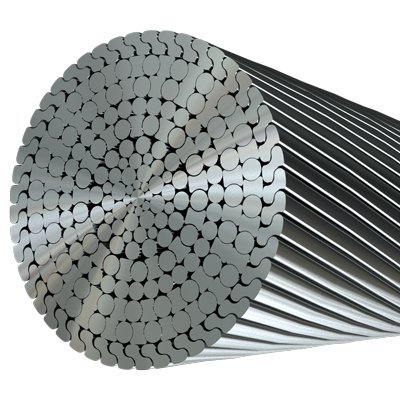
Dive Deeper: Applications of Wire Ropes in Mining
Wire ropes are truly versatile. They are adapted for many critical tasks in a mine.
Underground Mining Applications
In underground mines, space is limited. The environment is challenging. Wire ropes are used for:
- Hoisting: This is the main use. Ropes lift cages, skips, and heavy machinery in shafts. It is like an elevator for the mine.
- Shaft Sinking: When a new shaft is dug, ropes are used to lift out excavated material. They also help lower equipment.
- Support Systems: In some cases, ropes provide support for rock walls. This prevents cave-ins.
Surface Mining Applications
Surface mining often involves very large equipment. Open-pit mines are examples of surface mining. Here, wire ropes are used for:
- Draglines and Shovels: These huge machines use wire ropes to operate their buckets. They dig and move massive amounts of earth.
- Conveyor Systems: Ropes can be part of conveyor belts. These move ore or waste material over long distances.
- Cranes: Cranes are used to lift and move heavy components. They use wire ropes for their lifting mechanisms.
Specialized Mining Applications
Beyond the main uses, wire ropes also serve niche purposes.
- Piling Tools: In some mining or construction projects related to mines, piling tools are used. Wire ropes can be part of the drilling rigs or lifting systems for these tools.
- Drilling Operations: For exploration or production drilling, wire ropes can lower and retrieve drilling components.
- Safety Lines: In many areas, wire ropes serve as safety barriers or fall protection lines for workers.
How do you choose the right wire rope for mining?
Selecting the correct wire rope is not simple. A wrong choice can lead to danger or inefficiency. It is critical to match the rope to the specific mining task.
Choosing a mining wire rope requires considering its breaking load, construction type, material, and required certifications. The rope must match the specific mining application for safety and performance.
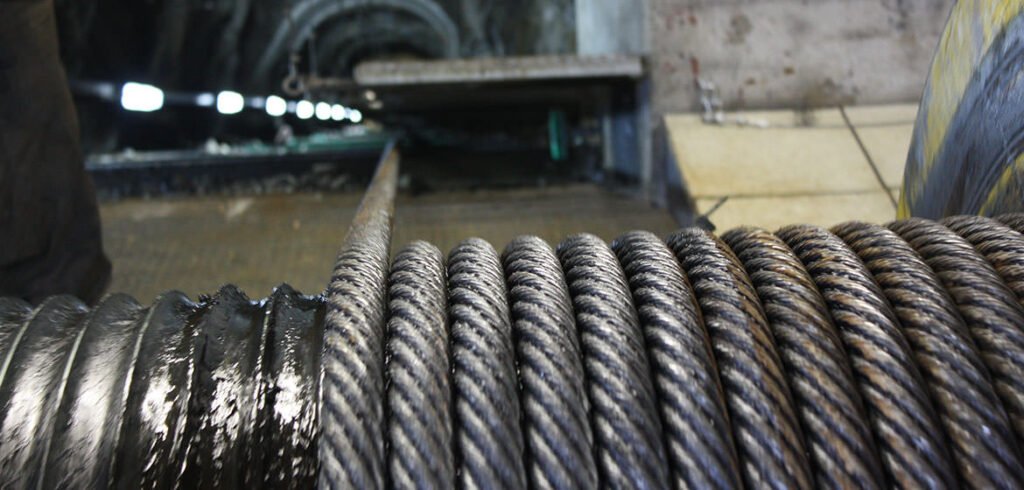
Dive Deeper: Factors in Wire Rope Selection
When I consult with clients, I always focus on their specific needs. It’s never a one-size-fits-all solution. Here’s what we consider:
Load Capacity and Safety Factor
First, we determine the maximum load the rope will lift. Then, we apply a safety factor. This means the rope’s breaking load must be much higher than the actual working load. For example, if you lift 10 tons, the rope might need a breaking load of 50 tons. This extra capacity is critical for safety. It gives a buffer against unexpected forces or wear.
Environment and Operating Conditions
Mines are harsh. They can be wet, dusty, hot, or cold. The rope must resist these conditions.
- Corrosion: If the mine is wet or has acidic water, galvanized ropes are best.
- Abrasion: If the rope rubs against sharp rocks or metal surfaces, a rope with a harder outer layer or plastic impregnation might be needed.
- Temperature: Extreme temperatures affect a rope’s performance. We consider the specific temperature range for the mine.
Rope Construction (e.g., 6×19, 6×36)
Wire ropes come in different constructions. This refers to how the wires are twisted together.
| Construction | Description | Typical Use |
|---|---|---|
| 6×19 | 6 strands, 19 wires per strand (approx.) | General purpose, good balance of flexibility and strength |
| 6×36 | 6 strands, 36 wires per strand (approx.) | More flexible than 6×19, suitable for smaller drums |
| 19×7 | Non-rotating, 19 strands, 7 wires per strand | Used for single-part lines, minimizes twisting |
The choice depends on the application. For hoisting, flexibility is often important. For static loads, strength is key.
Maintenance and Inspection
Even the best rope needs care. Regular inspection is vital. We advise clients on how to check their ropes. Look for broken wires, corrosion, or kinks. Proper lubrication also extends rope life. A well-maintained rope lasts longer and is safer.
Certifications and Compliance
As mentioned before, certifications are proof of quality. For mining, specific local and international standards apply. Always ensure the rope has the necessary certificates. This guarantees it meets the required safety and performance benchmarks. It also helps with regulatory compliance. My factory can always provide these.
Conclusion
Mining wire ropes are vital tools in the complex world of mining. They ensure safety and efficiency. Choosing the right one means understanding its features, uses, and careful selection.

